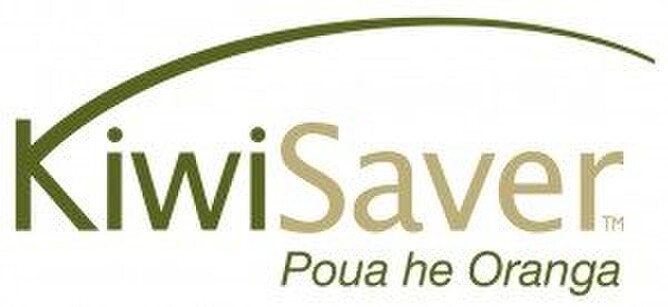This website is operated by Moneyworks NZ Ltd and is not endorsed by, or affiliated with, the New Zealand government or Inland Revenue. Moneyworks NZ Ltd is using the KiwiSaver trade mark and logo under licence from Inland Revenue. To view the official New Zealand Government KiwiSaver website, please click Here.
In November 2017, the Financial Markets Authority released a KiwiSaver Tracker tool.
While it certainly has its’ limitations, we find it interesting that the regulator decided to launch this tool. This is the comment that accompanied the launch:
The FMA has today published KiwiSaver data in an interactive format to prompt discussion, engagement and debate on the relationship between investment risk, returns and fees.
The FMA KiwiSaver Tracker uses the information KiwiSaver providers give investors through their quarterly fund updates and via the Companies Office’s Disclose Register. These updates are a legal requirement and the Tracker will automatically incorporate the new information every three months.
The Tracker is part of the FMA’s ongoing focus on using disclosure to drive good conduct by providers and informed investor decision-making. The tracker complements other existing independent sources of KiwiSaver analysis, like Sorted’s Fundfinder.
There are five screens, with tabs at the top, that enable you to look at the following information:
- Show me five-year data (note that this is only relevant for funds that have been operating for a full 5 years to 30 September 2017)
- Show me individual funds
- I want to dig into the data
- Show me the glossary and
- About the Tracker.
The Tracker shows the relationship between fees and returns for any KiwiSaver fund invested for at least one year and which is not excluded in the analysis. You can see risk and benchmark information for each fund. You can show fee and return information by fund type and by return period.
While the project is admirable, and will help in countering the current media narrative that the ONLY thing that matters about investing is the fee structure of the investments, we do have concerns.
In particular the main concern that we have about the tracker tool, are that it does not differentiate between the risk and volatility of each investment.
As an example, the top performing investments over the last five years are growth investments, with the funds that hold the higher proportion of growth investments (shares/property) coming out on top.
If this was over a different period when markets were not going ahead in leaps and bounds, it could be the conservative founds that were the highest performers. But again, the way that this is represented is totally dependent on what has happened in the underlying investment markets over that time period.
Therefore, we feel that the real value of this tracker is in seeing what the relative fees are for the KiwiSaver funds invested in. The best way to do this is to go to the ‘I want to dig into the data tab, and then choose the type of risk profile you want to analyse by clicking on the round button with the risk profile names in it.
However, be warned that this information is again a little misleading. The calculation shows how much the fees are as a percentage of the return for that time period. If you are looking at a ‘growth’ fund, then when returns have been strong, the percentage return will be lower than when it has been a bad year.
While the asset allocation of different fund managers will vary with anything between 40% and 70% in growth assets at any point in time, Balanced Funds are the closest thing available to compare apples with apples.
However, if you have the time to play around with the tracker, you will notice that some funds have relatively much higher fees than others. (Note, these aren’t the funds that we traditionally recommend to our clients).
The information that makes up the tracker data comes from the information that is disclosed on the Disclose Register.
Again, we re-iterate, this is only one part of the analysis that needs to be carried out to make a decision on the appropriate KiwiSaver or investment solution for you. If you would like assistance in making your decision, let your financial adviser know.
To look at the tracker, click here
If you have any thoughts or opinions that you would like to share, visit us at our Twitter, Facebook or Linked In pages, and comment.
For more blog entries that you might be interested in:
http://www.moneyworks.co.nz/what-is-a-balanced-kiwisaver-fund/
http://www.moneyworks.co.nz/research-shows-kiwisaver-investors-are-irrational-in-chasing-non-recurring-past-returns-and-accepting-higher-fees/
By Carey Church






